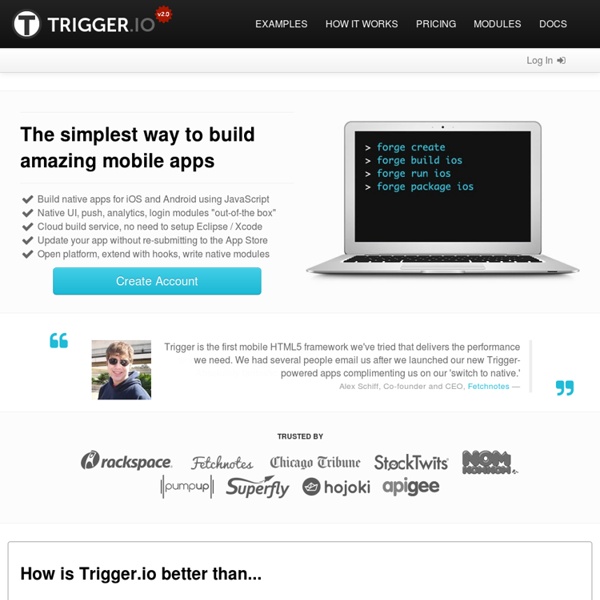



jQuery Mobile | jQuery Mobile Mobile app development - Wikipedia As part of the development process, mobile user interface (UI) design is also essential in the creation of mobile apps. Mobile UI considers constraints, contexts, screen, input, and mobility as outlines for design. The user is often the focus of interaction with their device, and the interface entails components of both hardware and software. User input allows for the users to manipulate a system, and device's output allows the system to indicate the effects of the users' manipulation. Mobile UI design constraints include limited attention and form factors, such as a mobile device's screen size for a user's hand(s). Mobile UIs, or front-ends, rely on mobile back-ends to support access to enterprise systems. Platform The platform organizations needed to develop, deploy and manage mobile apps are made from many components and tools which allow a developer to write, test and deploy applications into the target platform environment. Front-end development tools Back-end servers System software
Cross Platform Mobile Development: 10 Best Tools A guide to the 10 best cross platform mobile development tools It’s the mind-wrenching question that never really gets answered … should I develop for iOS or Android? With all of the articles that have been published on the topic, you’d think the app world would have come to some sort of conclusion by now on iOS and Android development. But they haven’t. And it’s because there is no easy answer to the question — both platforms are great, for equal and different reasons. (For more on the pros and cons of iOS and Android development, check out our previous article on the differences between the two platforms.) For consumer apps, it’s best to choose one platform first and build an amazing native experience for it. Cross platform apps have limitations in terms of what they can deliver. If that’s the case for you, we’ve put together a list of the 10 best cross platform mobile development tools currently available. Tool #1: Sencha Sencha is a tool that lets you develop your apps in HTML5.
Coding your first cross platform app with Intel XDK In the first part of this series we looked at an overview of Intel XDK. In this second part we will look at the frameworks available that help us build an app and start building a simple photo sharing app with the App Framework. The final code for the application we will be working on can be found here on GitHub. Comparing the Frameworks Intel XDK supports several different HTML5 frameworks: App Framework, Bootstrap, TopCoat and JQuery Mobile. App Framework is a simple font-end framework for building hybrid mobile applications. JQuery mobile is an old school hybrid mobile app framework. TopCoat is a lesser known framework. Bootstrap is the most well known of all frameworks available. Finally, lets code! Let’s start by creating a new project. Here is the prototype of what we are creating: Create a style.css in the css folder and an app.js into the js folder. What I generally do first is to clean up the unnecessary code that Intel has generated for you. The last thing to do is add the footer.
Quick tour of Polymer - Polymer Project Polymer makes it simple to create web components, declaratively. New web developers can simply add custom HTML elements on a web page with markup. It’s just like using the HTML tags you’re already familiar with: <h1>A heading!</h1> <fancy-thing>A fancy thing! Experienced web developers can use Polymer's special features to reduce boilerplate and make it even easier to build complex, interactive elements. Register elementsUse lifecycle callbacksObserve propertiesCreate shadow DOM with templatesUse data binding In this section you can tour the Polymer library, without installing anything. Tap the buttons following each feature to learn more. The Plunker samples won't work in Internet Explorer 11. To register a new element, create an ES6 class that extends Polymer.Element, then call the customElements.define method, which registers a new element with the browser. Try it out in Plunker: This sample uses a lifecycle callback to add contents to the <custom-element> when it's initialized.